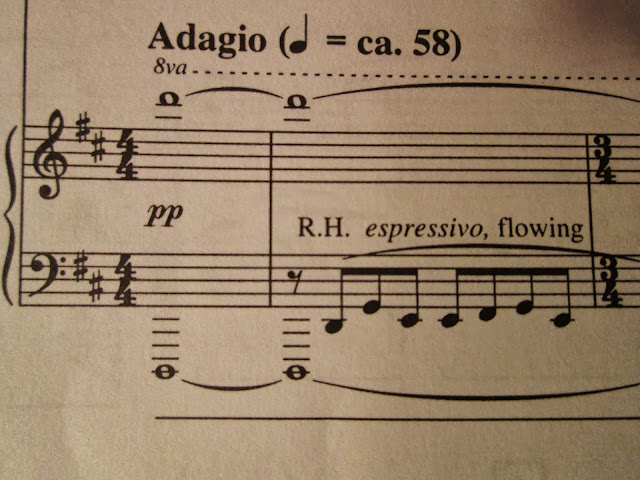When it was too late, I realized that I had only once in my life had a picture made with this woman I love so much. And that picture was across the ocean, where it had been since I framed it and set it out in our living room in our house across the ocean.
So, when the man I married made a trip across the ocean earlier this year, I asked him to bring the picture back so I could have it over here.
And he did. And here it is.
As you can see, the frame is too big for it, but it is what I had twenty-something years ago. What I didn't have back then was any normal kind of matting for it. This was wartime Yugoslavia/Croatia we were living in, and there wasn't a lot of choice about a lot of things. And decorating wasn't my top priority at the time, in any case.
So, odd as it seems to me now, I found some crinkledy paper that at the time matched the color of the flowers on Mama Neva's dress. And for twenty-something years, that is what was in the frame behind the photo. Over time, it had changed color and faded around the edge, and at any rate it just didn't look so great, so I took it out.
Being sentimental to a degree some might find pathological, I couldn't bring myself to throw the pink paper away, and it sat on my prayer desk for a couple of weeks until I decided I had to do something with it. (Meaning, it was time to throw it away.)
But when I actually looked at it, rather than simply looking over it or beyond it, I had a surprise:
The twenty-something years of light shining onto the photo had created a second image behind it!
So now I feel as if I have a sort of shroud of Turin, or something like that, and I don't know how I will bring myself to throw the paper away....or what I will do with it. This may be how hoarders get started, who knows?
On a more serious note, discovering this unexpected image gave me hope and resolution. The secondary image is not the same as the original photo, but it is recognizable as an impression of the original. And I know that I am not like Mrs. White in many ways. No one could ever mistake me for her. I certainly don't play piano like her, and I don't live my life as well as she did. But I hope that with the years of Light shining through her onto me, maybe there is something about me that can be recognized as a faint image of her. I would love to bear the image of her compassion, her grace, her gentleness, her joy.
I would like to be beautiful like her.
Because she was beautiful.
She was the best kind of beautiful.














